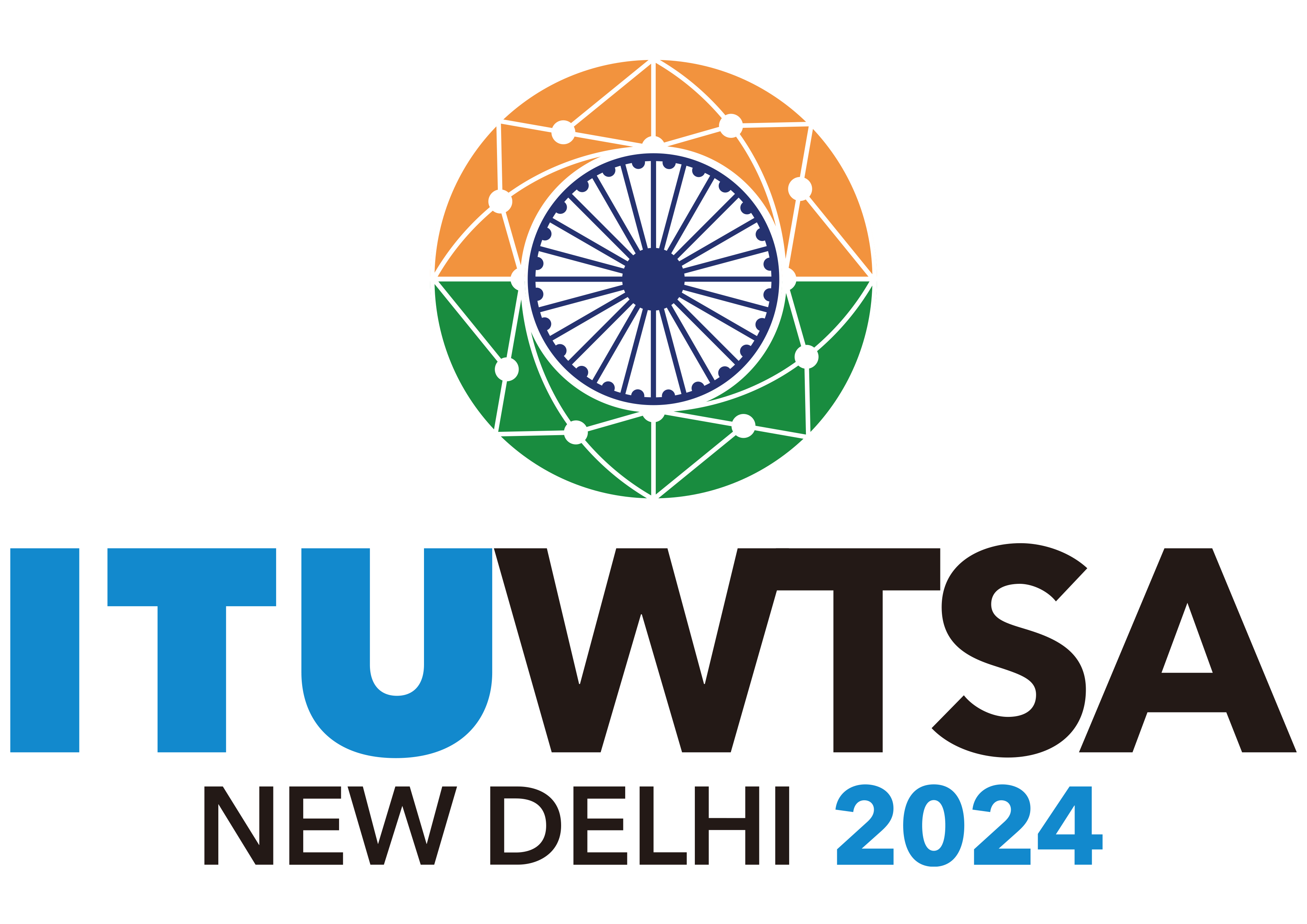Quantum technologies bring unique opportunity for India’s materials research todevelopsynergy, achievecritical mass, offer newemploymentwithcareer growth prospects, and create innovation hubs with global impact.
India is getting serious in building her own technology base, and the upcoming Quantum Technology Mission will be a game changer in multiple sectors from defence, energy, and environment to healthcare and civil applications. Any technology is first built and then thrives on material innovation, and quantum technology is no exception. As Jason Smith, Editor-in-Chief of the journal Materials for Quantum Technology from IoP, UK, says:“We stand on the brink of a second quantum revolution, and materials science will be key to unlocking novel technologies utilising and controlling quantum states.” For India though, investment in quantum materials and devices promises far more dividend than that meets the eye. It is an opportunity for the often-immiscible fundamental science and technological communitiesin the country to come together in a common pursuit, bridge the gaps in the scientific supply-chain for a deep and sustainable impact on social life, and in the process, generate a cadre of highly skilled workforce. As India gears to become thethird largest economy by 2027,a strongly networked material infrastructure in the country is crucial, for thatwill not only cater to the quantum technologies, but also other major scientific megaprojects ranging from the semiconductor mission to neutrino observatory and gravitational wave detection, as well as buildingself-reliance in key commercial domains ofenergy initiatives and electronics industries.
Quantum Materials and Devices – The definition.Quantum materials represents a class of matter or systems that allow us to exploit some of the unique properties ofquantum physics, to complete tasks or to achieve performance that the current classical technology is fundamentallyincapable of.The concept of ‘quantum materials’ was originally introduced to identify some of the exotic quantum systems including unconventionalsuperconductors, heavy-fermion systems, and multifunctional oxides, buthas now morphed into a powerful unifying concept across diverse fields of science and engineering, from solid state physics, cold atoms tomaterials science and quantum computing.Quantum materials today represents R&D with traditional semiconductors, superconductors, non-linear optical crystals, that are directly relevant to computing, communication, and sensing, as much as those built on complex interaction between charge and atoms, uniqueness in the geometric phase of the quantum wavefunctions or even some of the more ‘hidden’ properties of quantum physics such as quantum entanglement. With the rise of quantum materials, new architectures to incorporate them into functional units have also progressed simultaneously, leading to the concept of ‘quantum devices’. New paradigms of ultrafast transistors, opto-electronics components, to non-volatile memory and sensing devices, are becoming enabling vehicle for quantum applications, as well asin emerging classical technologiesof neuromorphic computing, or hardware for artificial intelligence/machine learning.
Need for materials and devicesforIndia’squantum technology mission.A strong emphasis on quantum material and devices is an integral component in any quantum technology mission. Upstream in the innovation pipeline, materials experts play important roles in developing new or upgrading current methods for precision synthesis, scalable yield, and stable performance.Material/devices research is required,for example, for developing low-loss materials for superconducting quantum electronics that preserves quantum information over long duration; novel semiconductor nanostructures for high-brightness source of entangled photons; new resource for deep-level defects with enhanced emission and sensing capabilities,or even unconventional superconductivity that can host exotic platforms for qubitsthatare intrinsically protected against environmental disturbances. The impact of much of the research cuts across multiple verticals of quantum technologies and this necessitates dedicated and centralized material/devices infrastructures.This will allowa. streamlining the material and device requirements for the core quantum technology verticals of the mission; b.build infrastructure for new materials and devices, with in-house R&D; c. synergize diverse and geographically distributed material workforce in India to achieve mission deliverables, and d. ensure efficient resource utilization and minimize redundancy and duplication.
The mandate. The quantum materials and devices component of the national quantum mission need to have three principal goals. a. Build a sustainable materials and devices resource to assist three core verticals of quantum technology, namely, computing, communication, and sensing, to achieve the mission deliverables, b. bring materials and devices innovation for quantum technology under a common umbrella with a project-driven multi-disciplinary approach, and c. develop a strategy and in-house R&D program to propel quantum technology in India beyond the state-of-the-art through fundamental discoveries, imaginative engineering and entrepreneurial initiatives.
Building on India’s strength.To achieve the tasks above one will need to leverage the evolving scientific infrastructure and align itself with some of the key national mandates. Capacity building towards synthesis and characterization of materials over the past two decades under national initiatives including the Nano Mission, has enabled material-related publications in India proliferate by more than five times between 2011 and 2019, making it the fasted growing field among the cross-cutting strategic technologies.There are now high-quality single crystal growth facilities/expertise at multiple Indian Institutes of Science Education and Research, Tata Institute of Fundamental Research, and Saha Institute of Nuclear Physics, among others. State-of-the-art thin films deposition with molecular bean epitaxy, pulsed laser deposition etc are also available at multiple institutes including the Indian Institute of Science, IIT Mumbai, Institute of Nanoscience and Technology in Mohali, and other places. IIT Delhi and IIT Kharagpur have also developed excellent infrastructure for semiconductors and two-dimensional materials-based R&D. They have been complemented by a strong community of material modelling and computing expertise supported by the national supercomputing mission and other local computing facilities.
It is not difficult to imagine that material innovation in the quantum domain will invigorate manufacturing-based entrepreneurial ecosystem, and such activities will be most benefitted byGovernment’s supportthrough the Startup India initiative and other schemes.Unfortunately, although nearly 12% of the startups in India are deep tech-related, increasing nearly 35 times between 2016 and 2019, less than 3% of those involve manufacturing and/or materials. We believe materials and devices-based innovation will create new businesses from manufacturing supporting equipments, which India now needs to import, to high-end specialized devices, such as semiconductor-based single photon detectors,at the bulk scale.
Challenges. While there are clear benefits, both scientifically and commercially, there are roadblocks to overcome for quantum materials to deliver its promise. In India, there is still severe scarcity in the adequate resource andcomprehensiveinfrastructure that can support the entire chain from proof-of-principle to working protype. Other than scientific equipments, sub-critical size of the R&D communityin India is of equal concern. In 2018, India had 253 full-time equivalent (FTE) researchers per million of its population, about 11% of the researcher density of Italy.Moreover, this workforce is distributed, and strategies need to be developed to unify India’s demographically diverse material-skilled human resource and infrastructure.Traditionally, material research in India has been largely carried out by individual PIs with independent research programs. The national quantum mission will require a significant component of such research to be carried out in goal-oriented multi-Institutional consortia. This will need active and strategic recruitment of new blood, synergistic multi-institutional collaboration, and political will to ease bureaucraticnorms to mitigate delays in infrastructure building to deliver within the timeframe of the mission.
Outlook. The material/device challenge in quantum technologies is unique because it often demands manipulation of the quantum state of an electron or atom with as much control as those in bulk three dimensional systems containing billions of them. This is an evolving field in which big advancementsoften come through serendipity. India needs to create a well-balanced R&D ecosystem where material research for near-term goals and applications need to coexist and collaborate withthose with more fundamental and futuristic objectivesso that serendipitous outcomes are immediately recognized, systematically characterized, engineered, and implemented. Material domains in all aspects of quantum technology – computing, communications, or sensing,are still developingwithout aclear winner so far, and hence there is still a chance that through timely investment and efficient management, India will emerge a global leader in the field.






























